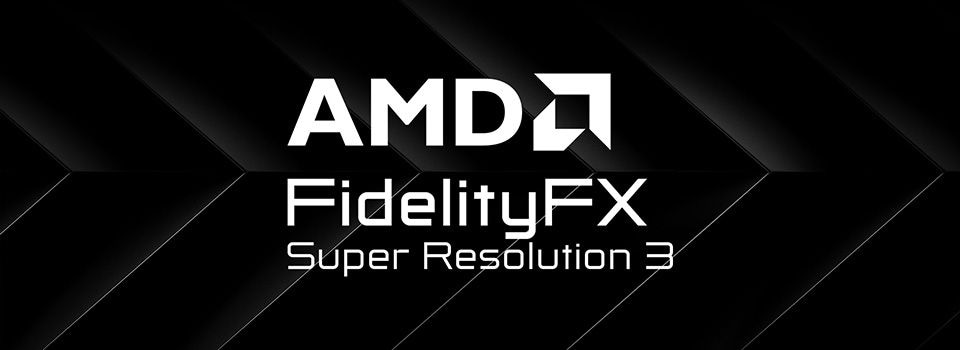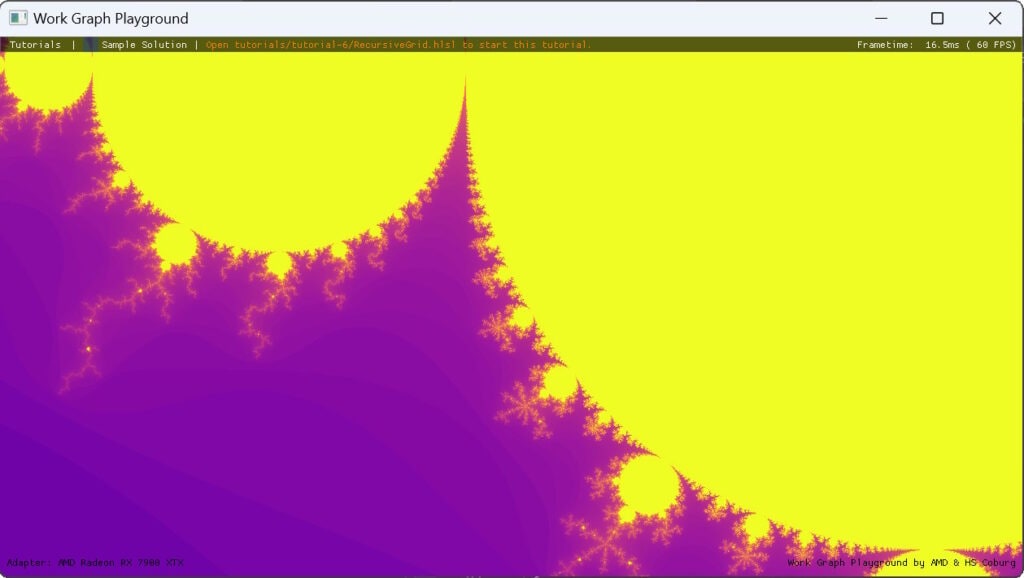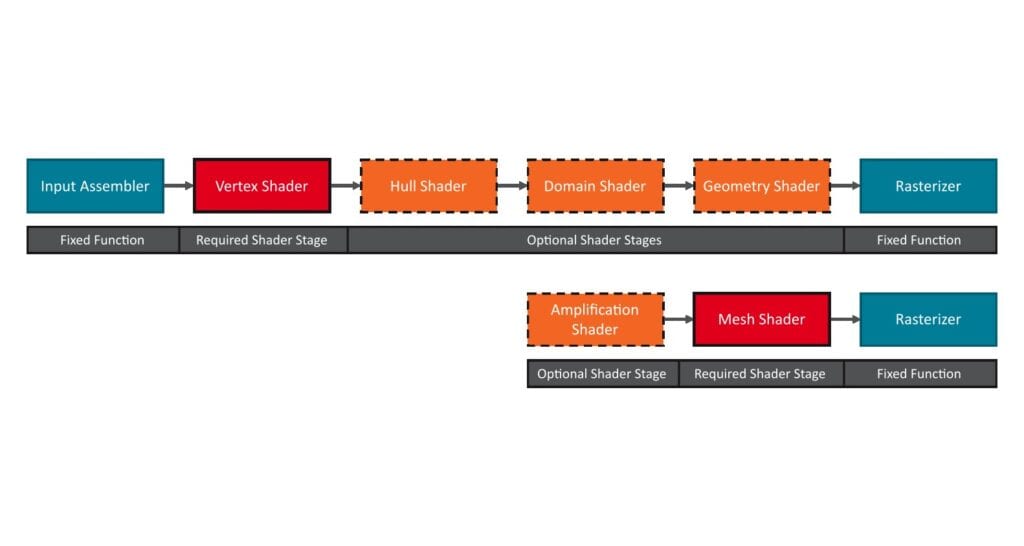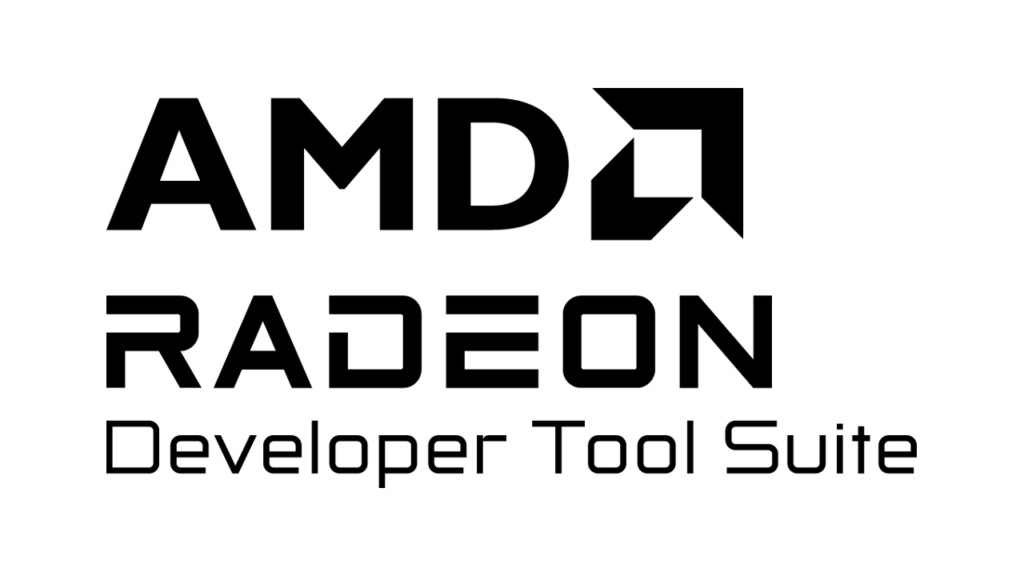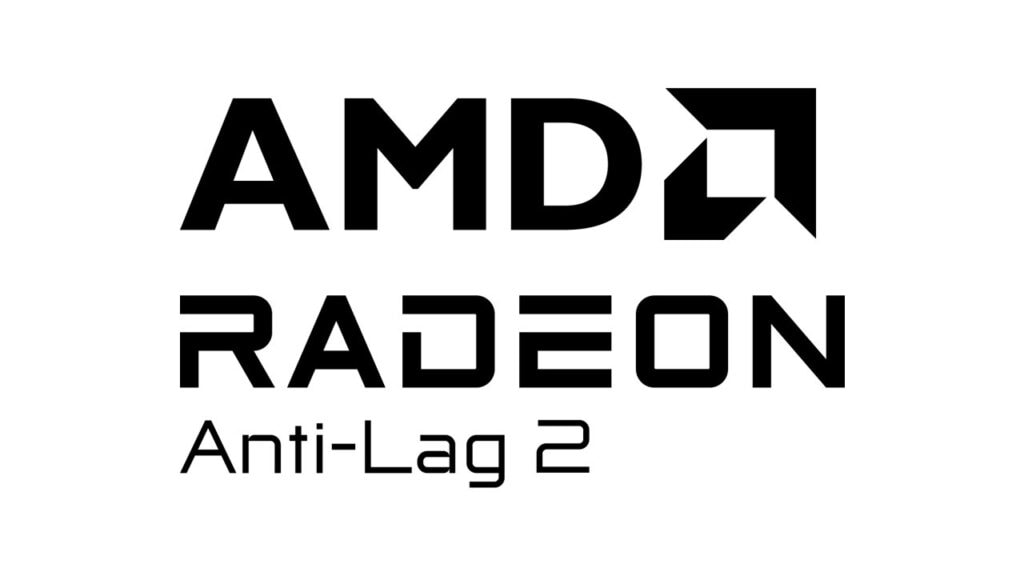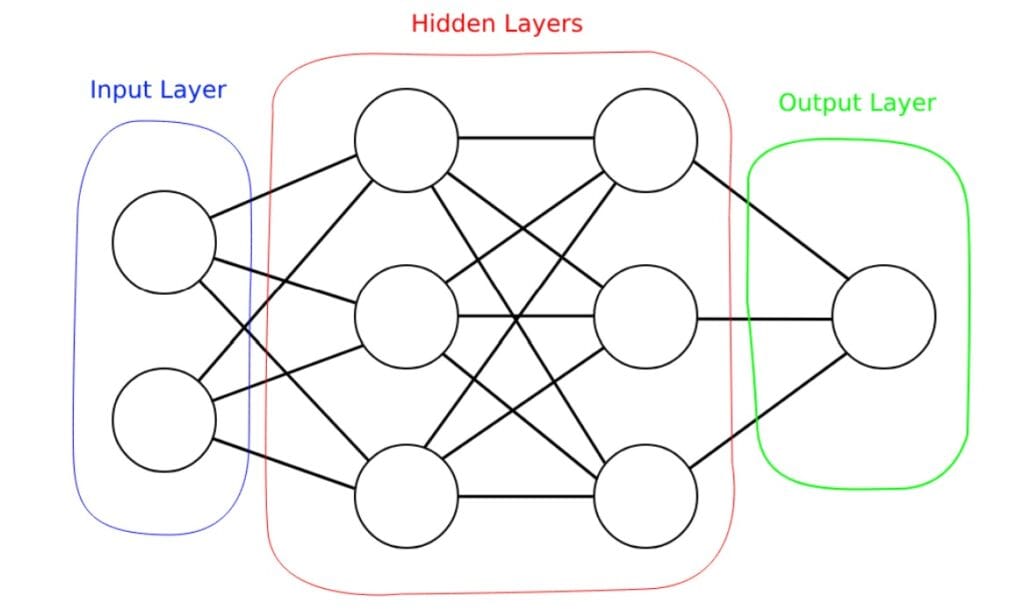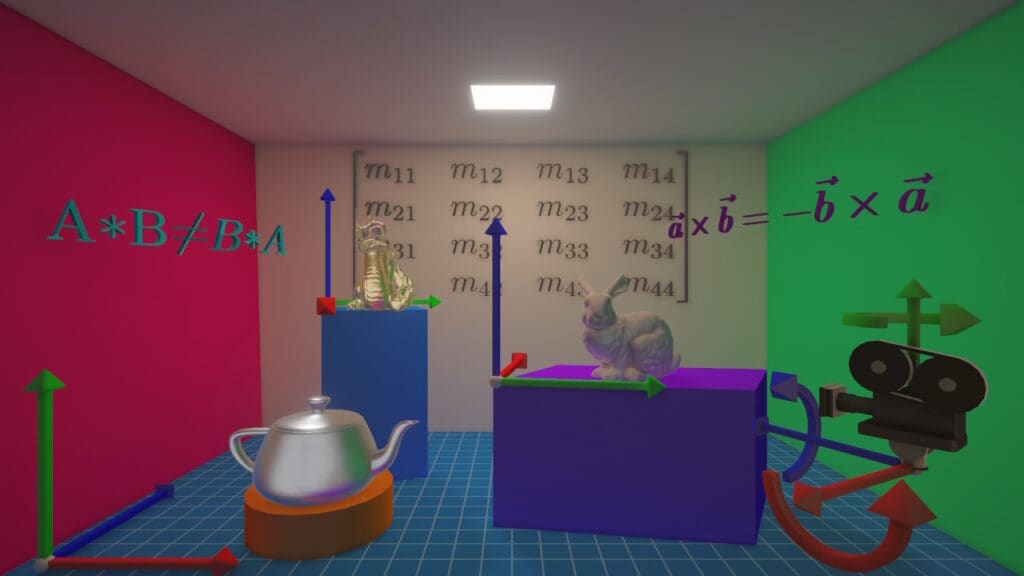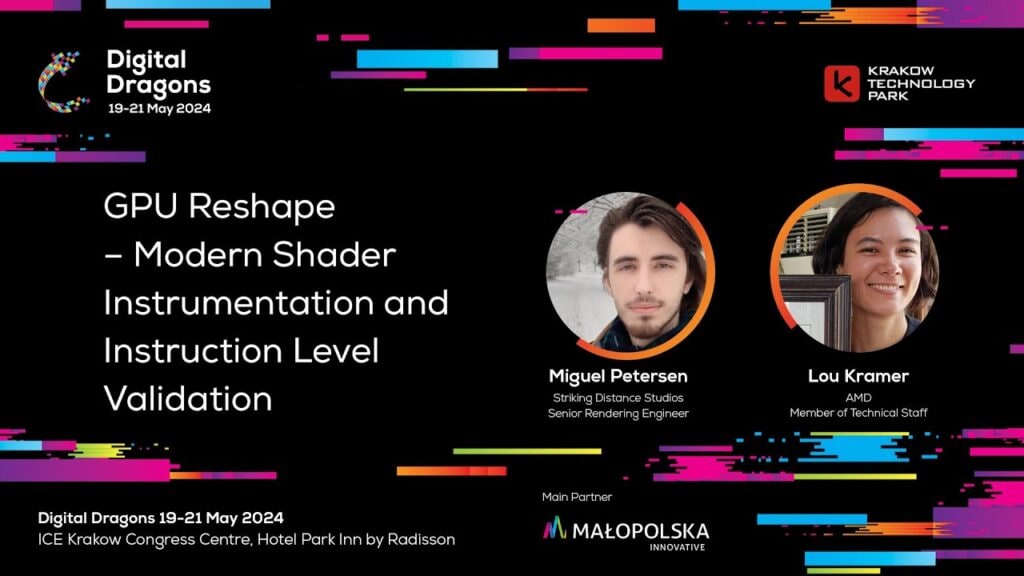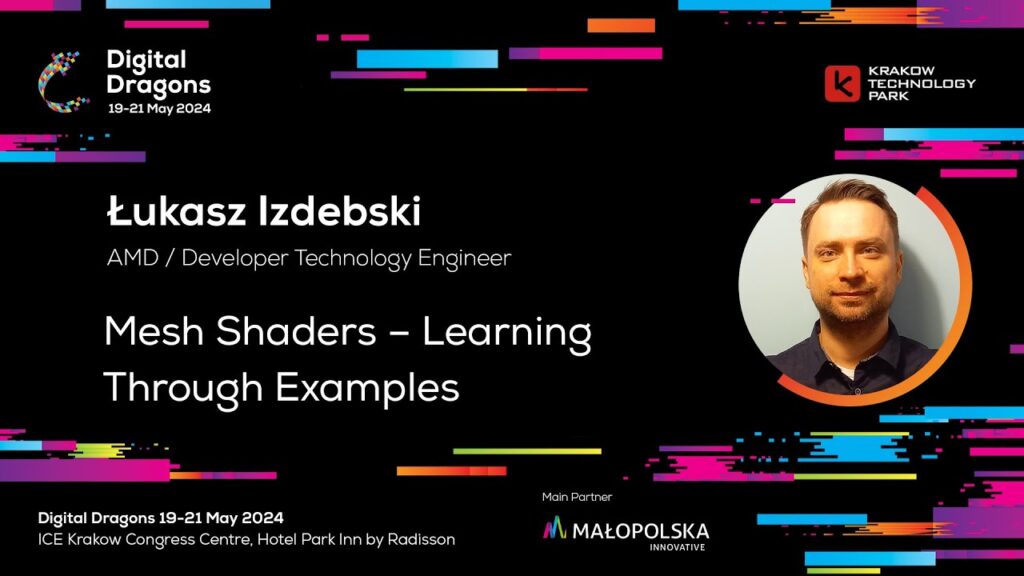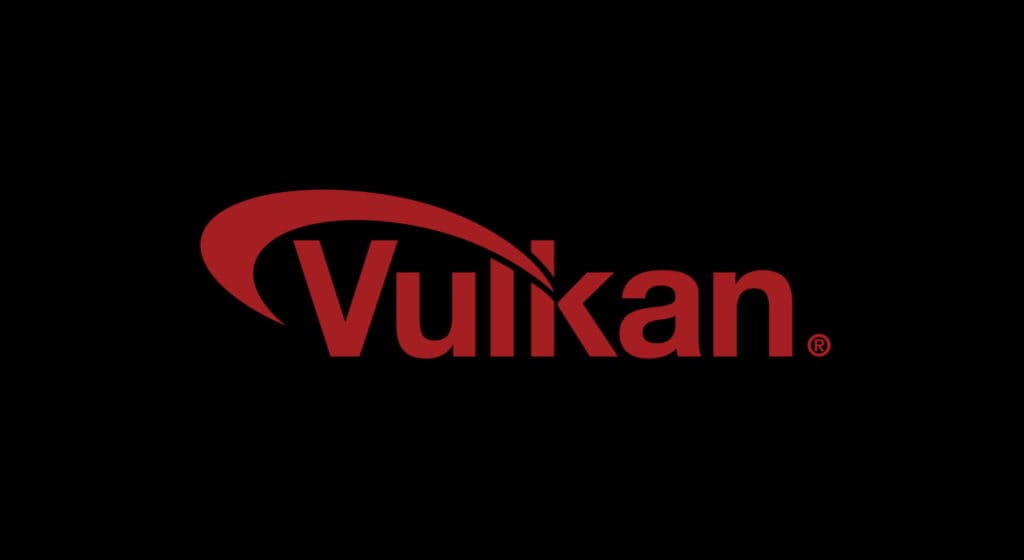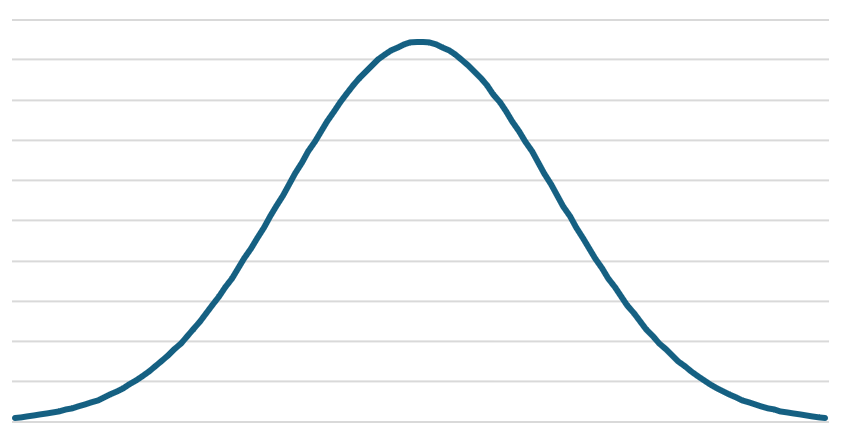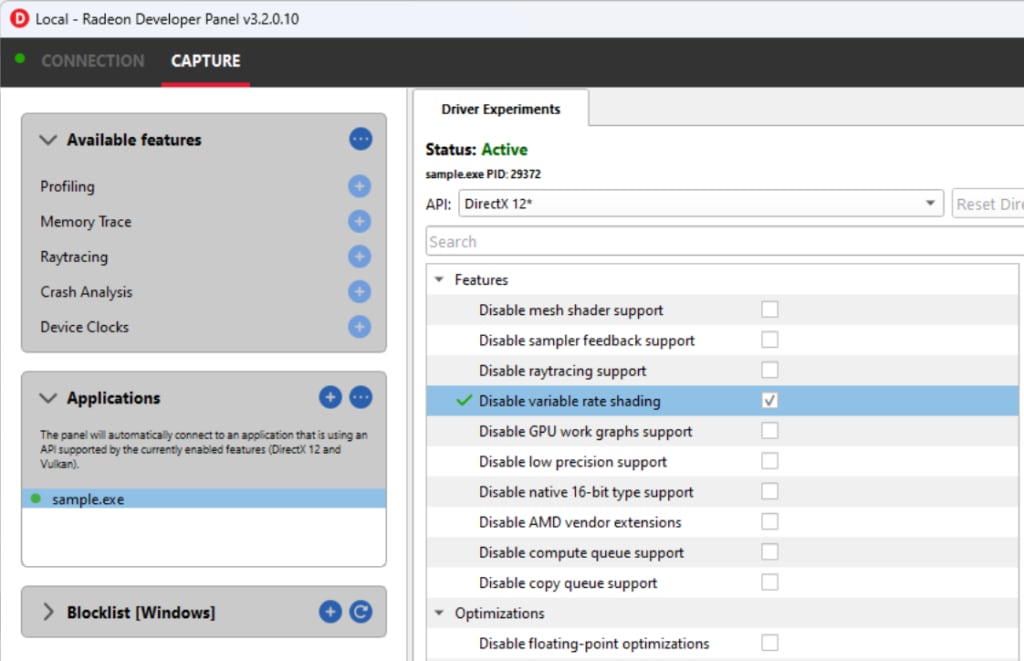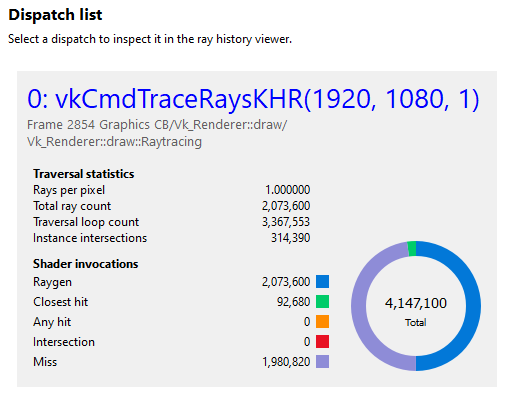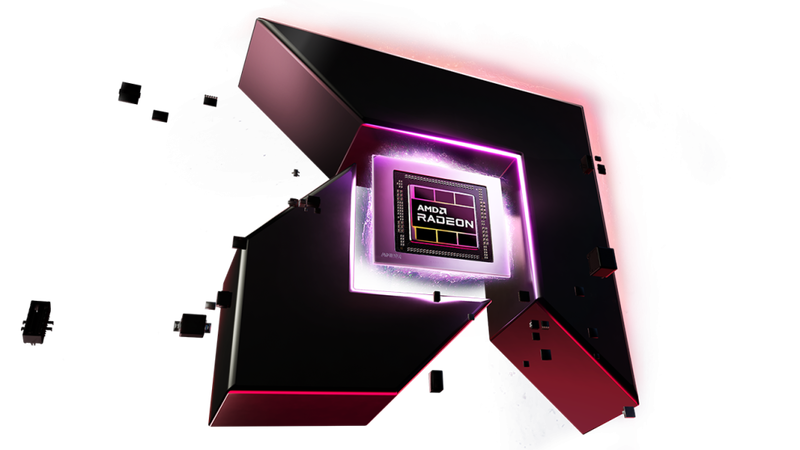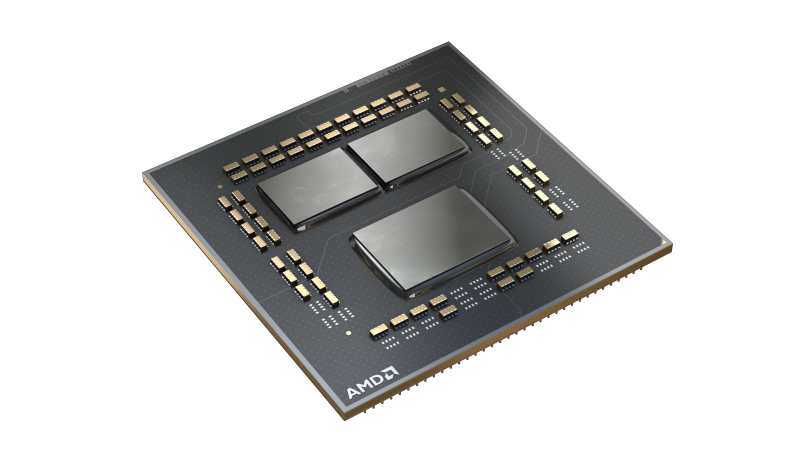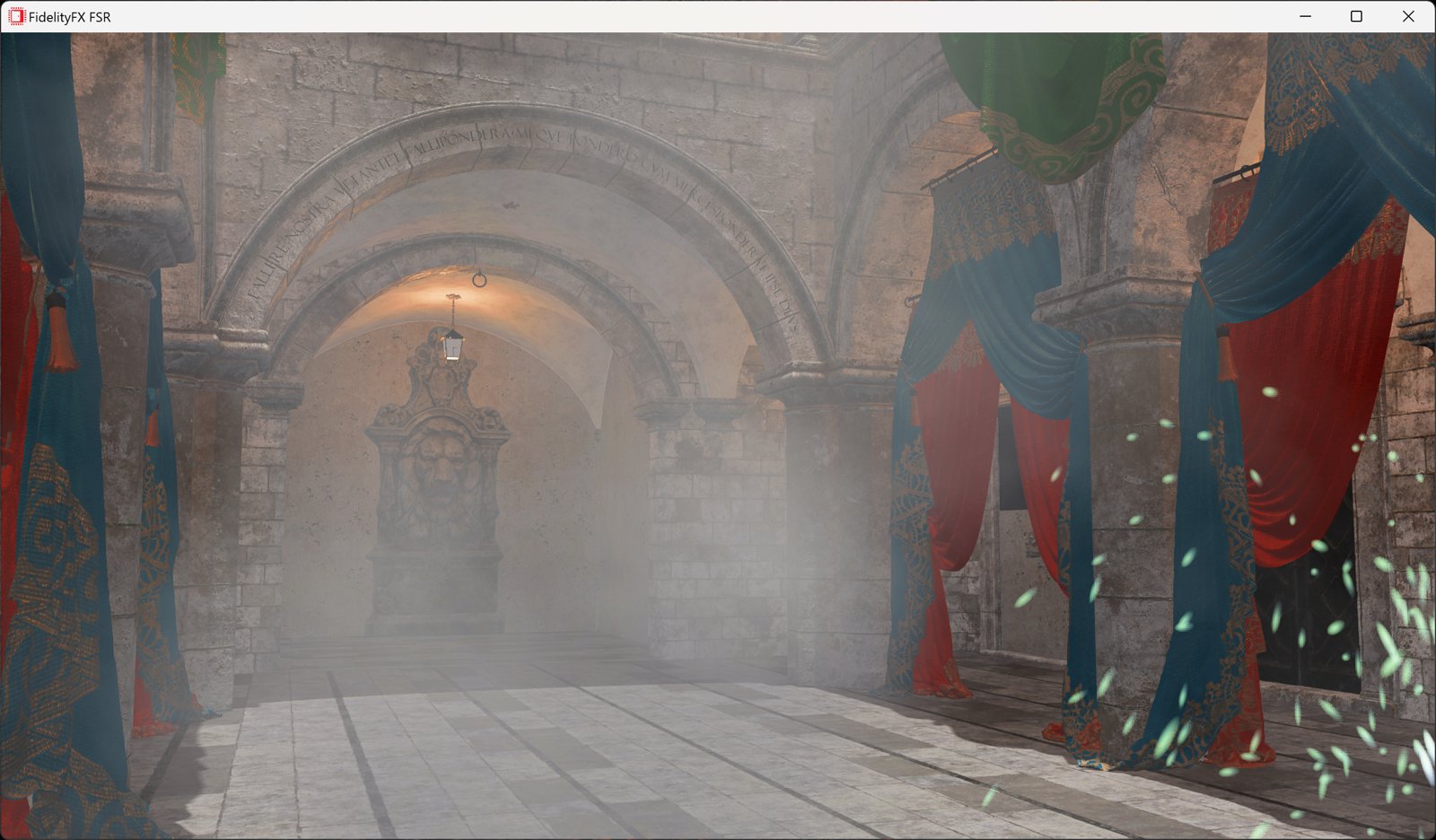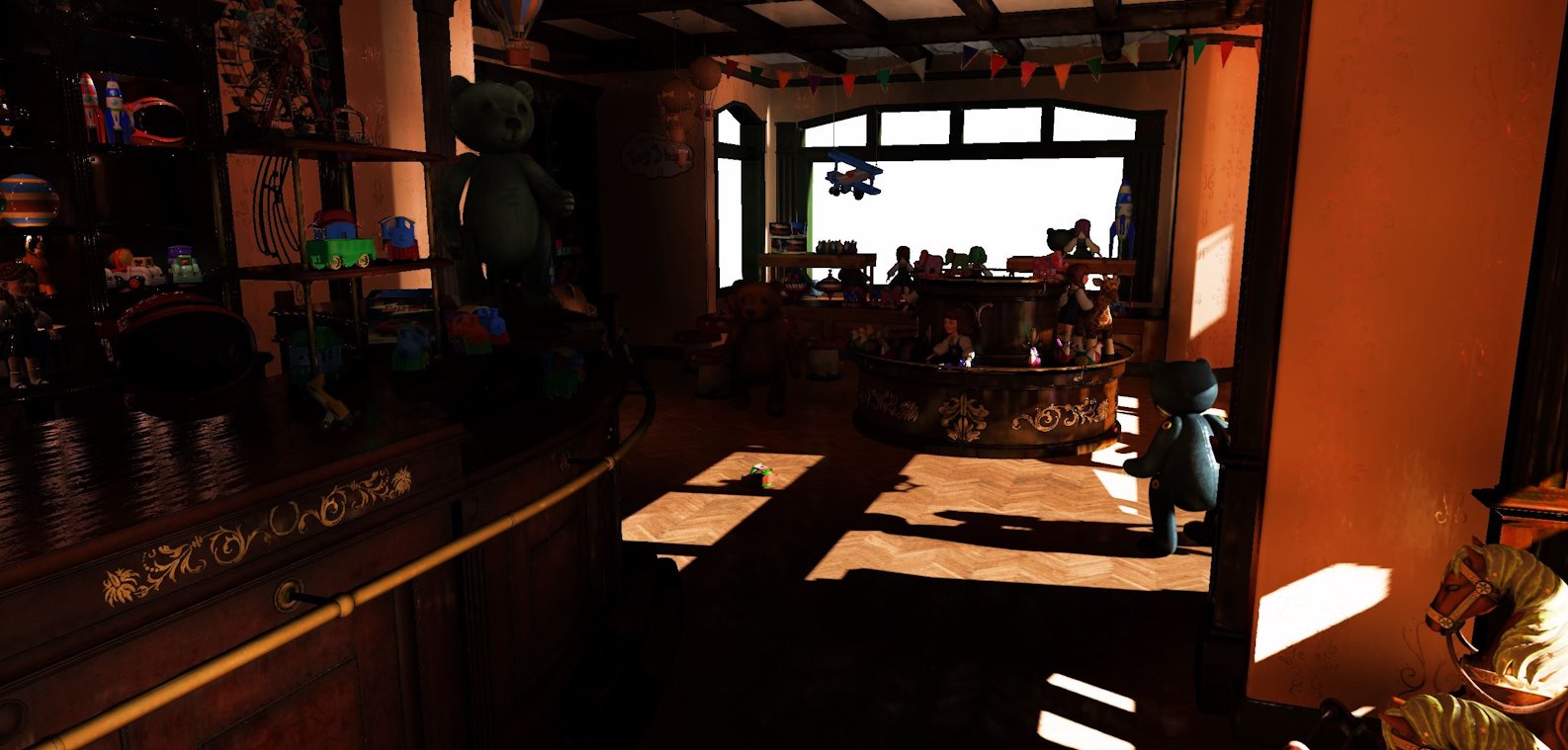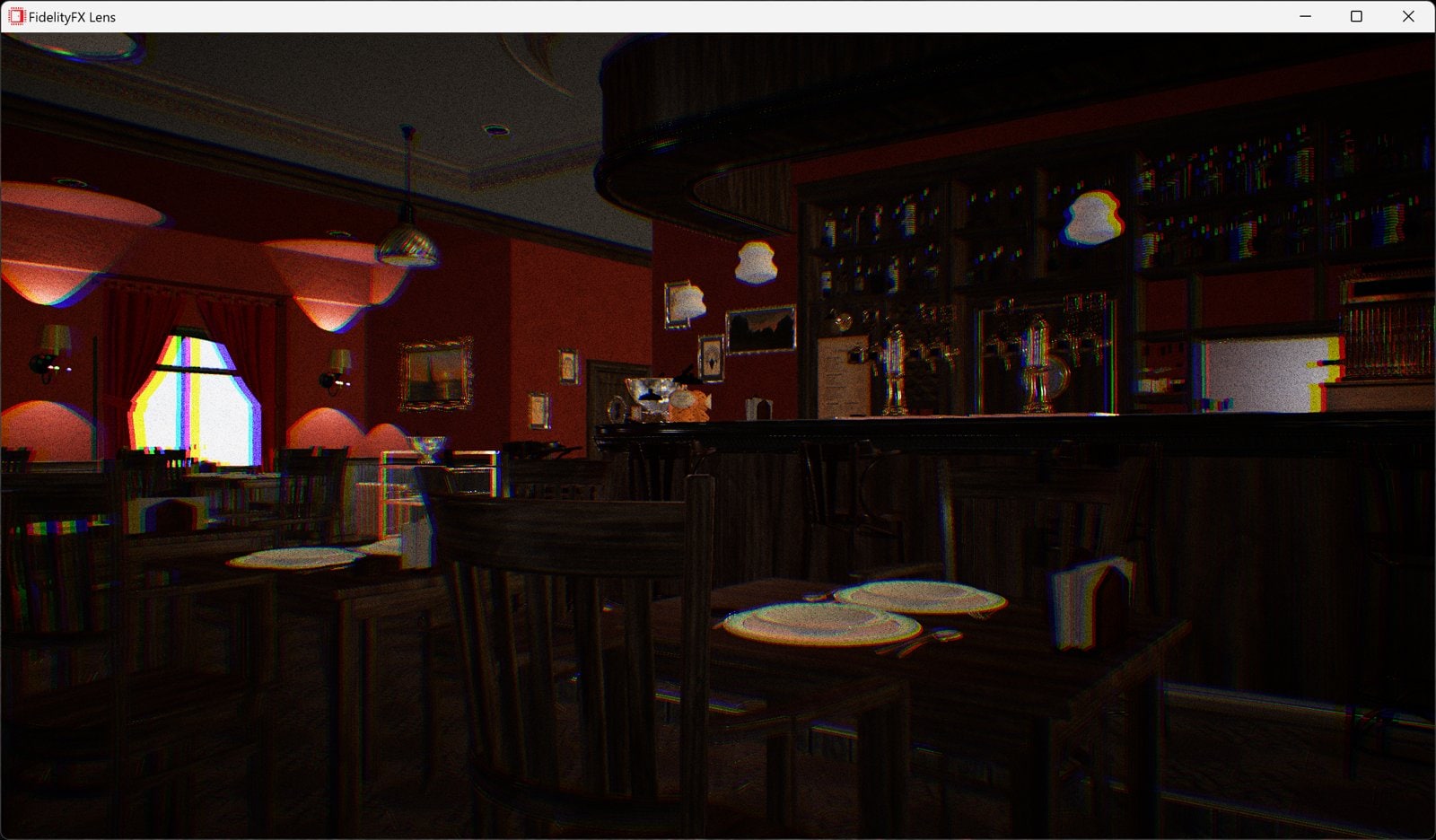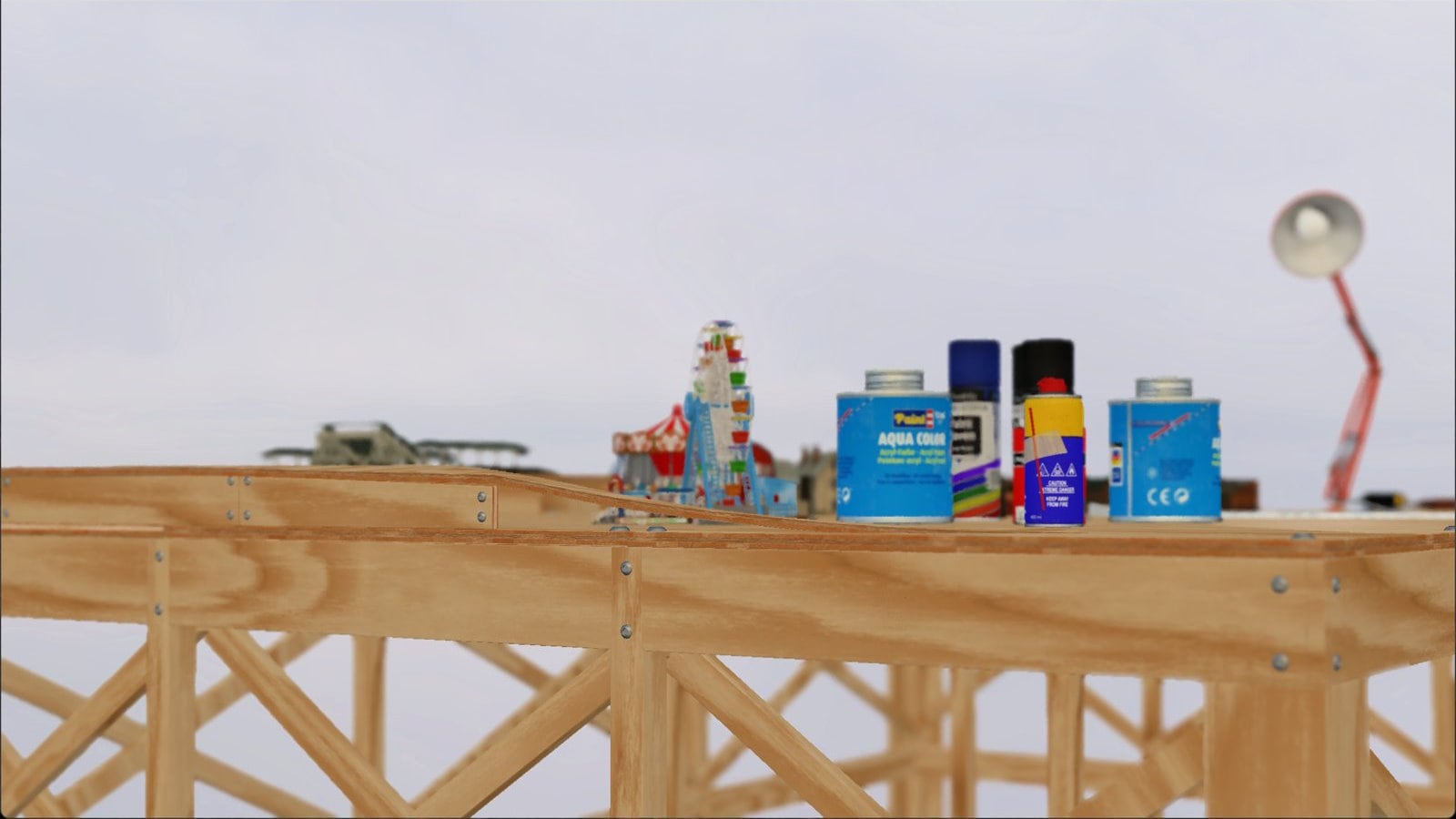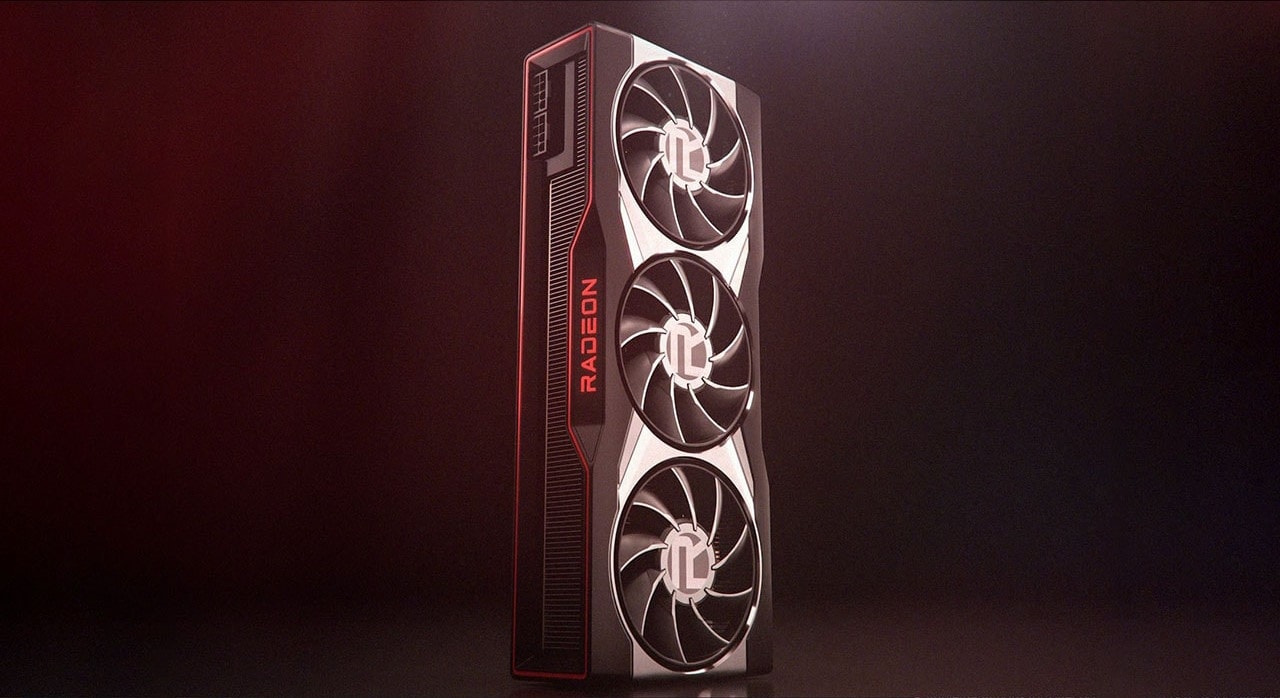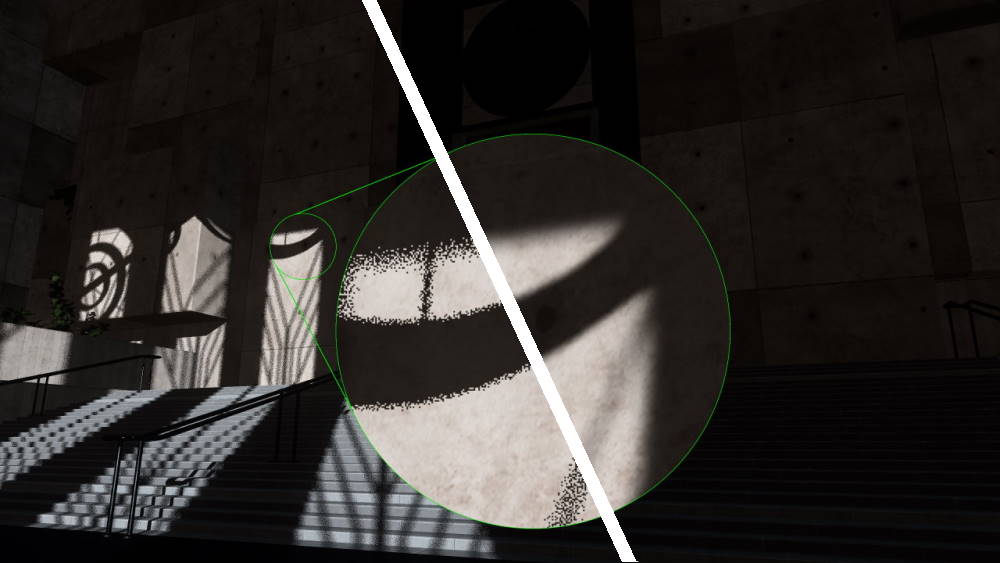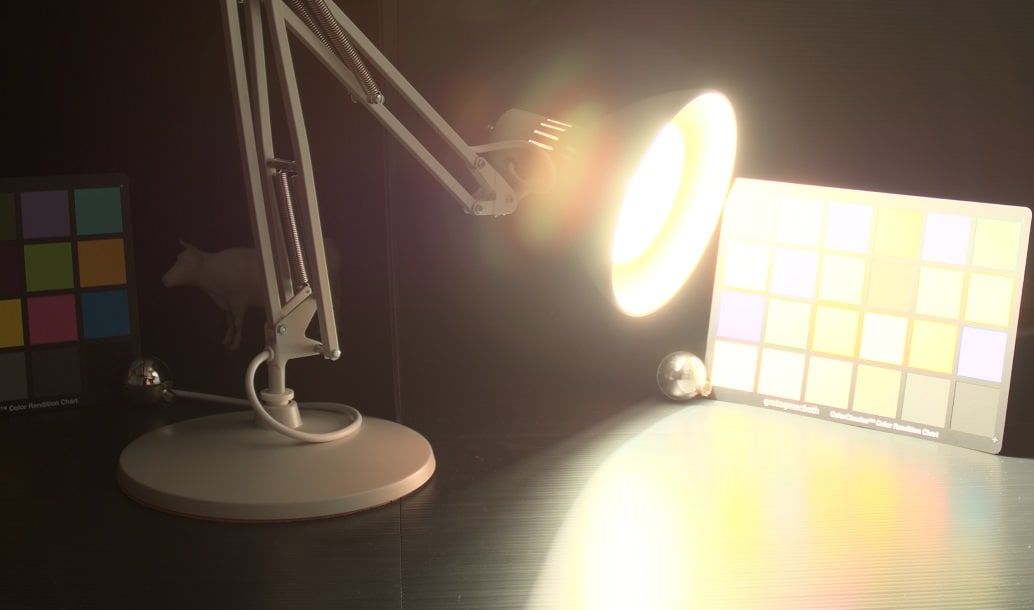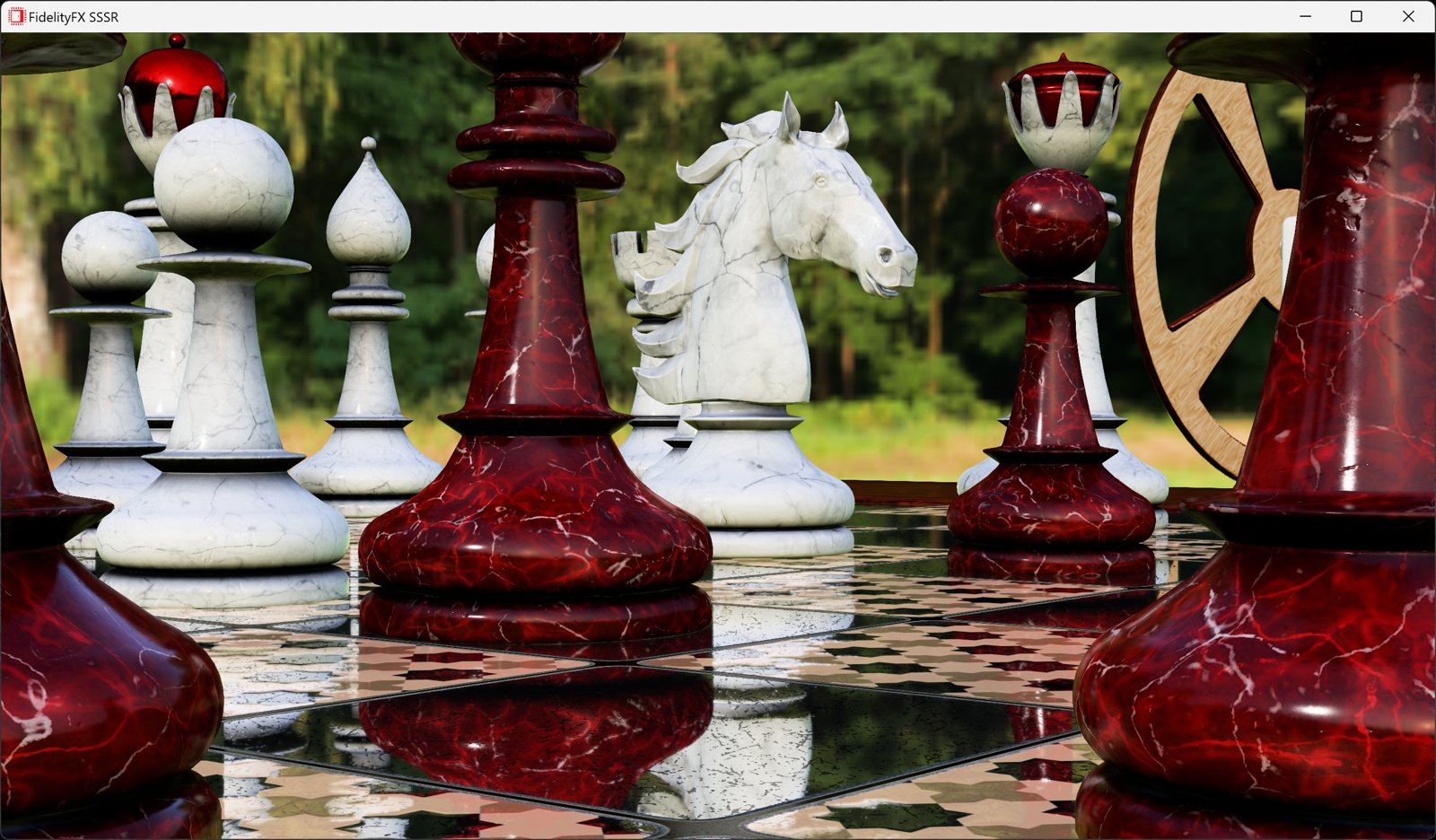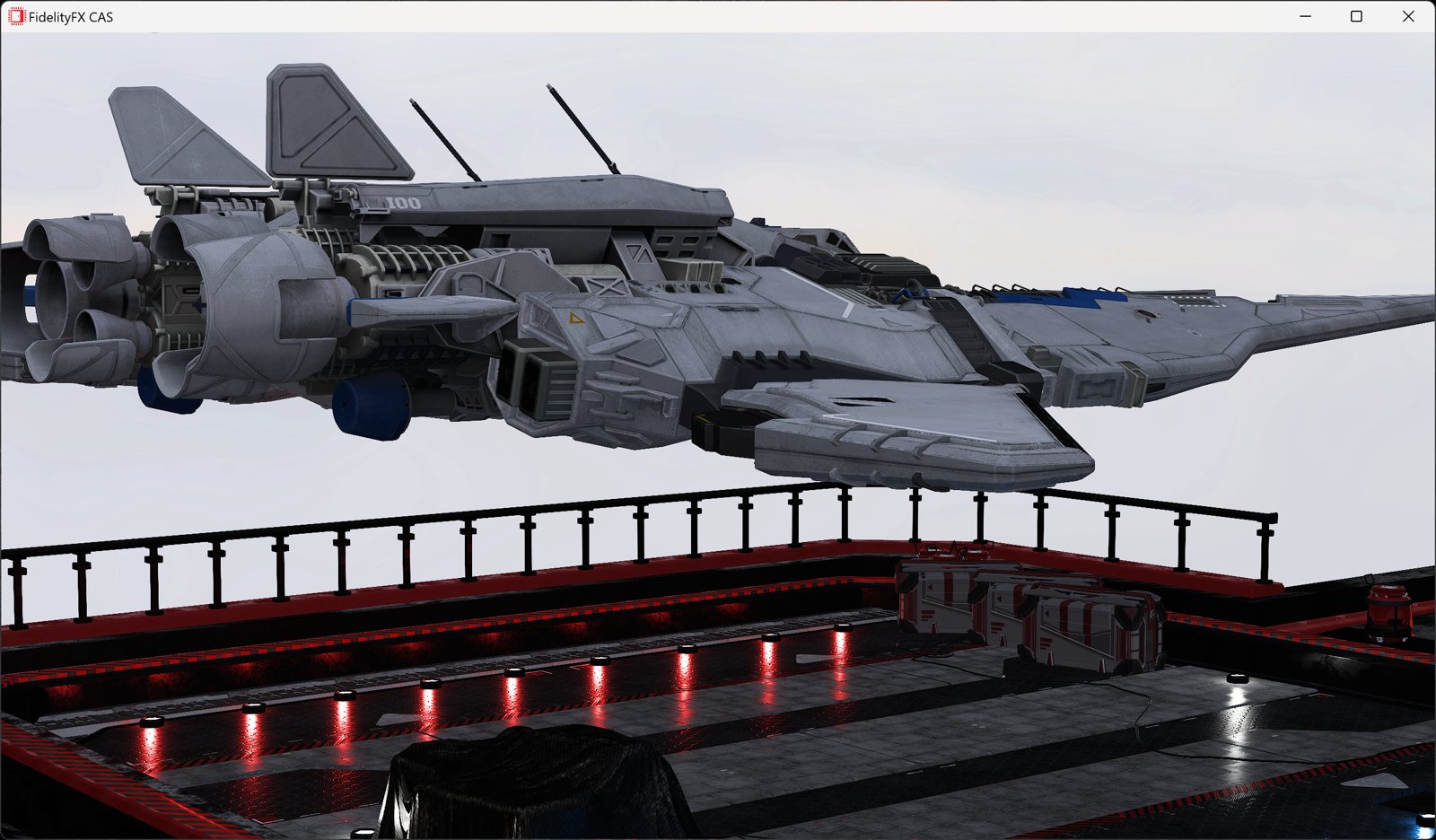AMD FSR 3.1.3 now available as part of AMD FidelityFX™ SDK 1.1.3
Current hot topics
Latest news from GPUOpen
Let’s talk about performance…
Building something amazing on DirectX®12 or Vulkan®? How about Unreal Engine?
Obviously you wouldn’t dream of shipping without reading our performance and optimization guides for Radeon, Ryzen, or Unreal Engine first!
Performance
Memory
Shaders
Ray tracing
We aim to provide developer tools that solve your problems.
To achieve this, our tools are built around four key pillars: stability, performance, accuracy, and actionability.

Our series of optimized, shader-based features aimed at improving rendering quality and performance.
Our series of optimized, shader-based features aimed at improving rendering quality and performance.
Now all available as part of the AMD FidelityFX SDK!
FidelityFX features are designed to be easy to integrate in Vulkan® or DirectX®.
We ship HLSL and/or GLSL versions of the effects to allow you to target any API.
Have you discovered our hybrid ray tracing samples yet?

Content creators are welcome on GPUOpen!
Discover the AMD ProRender SDK and plugins for popular content creation tools.
Developing on Unreal Engine?
Our easy to integrate patches help you get more performance and fantastic new features with minimum effort.
Let’s build better…
From managing memory with DirectX®12 or Vulkan®, to asking low-level questions of the driver, our extensive set of SDKs put you in the driving seat.

Just want to browse?
Have a look through our site directory to see just how much stuff we have!

